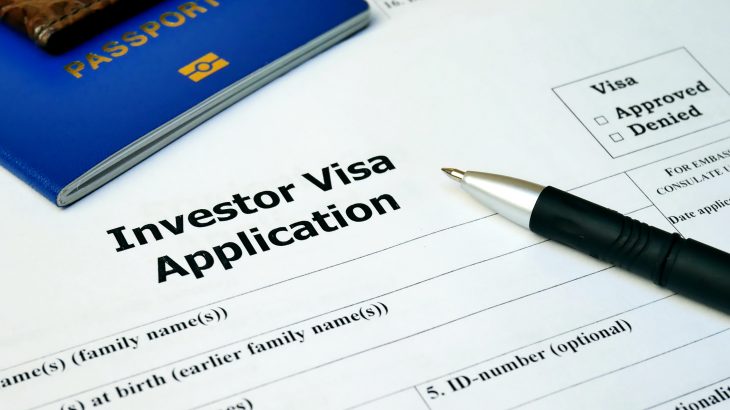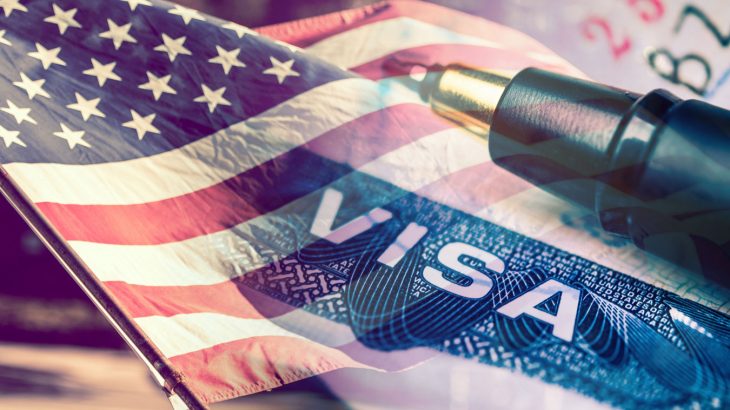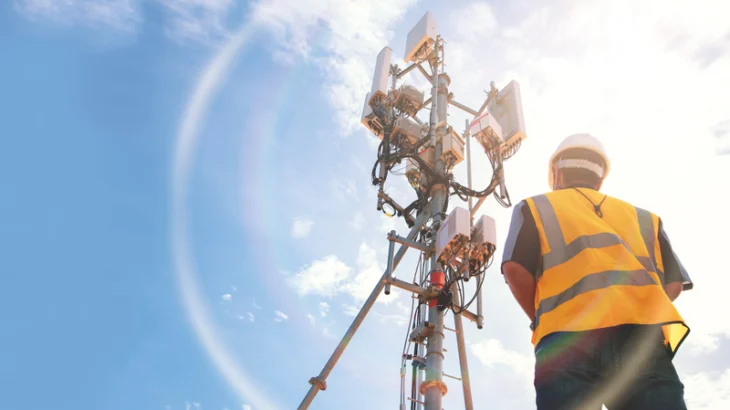U.S. employers use H-1B visas to employ foreign nationals in the U.S. in certain specialty occupations such as engineers, doctors, architects, software developers and so on. Dependents of an H-1B holder can accompany the H-1B worker to the U.S. on a H-4 visa. Under certain circumstances, spouses on a H-4 visa are permitted to work and often times, the eligible H-4 spouse may already have another employment visa such as the H1B Visa or L-1 and is faced with the question of whether to opt for the H4 work authorization (H-4 EAD) or H-1B Visa or L1 Visa. There is no definitive answer as to which work visa option is better since it depends largely on the individual’s specific circumstances. This article helps understand some of the requirements and nuances of the H4 EAD.
Eligibility and Advantages
An H-4 spouse may be eligible for an H-4 EAD only if: (i) the H–1B worker is the beneficiary of an approved I-140 petition (Immigrant Petition for Alien Worker); or (ii) The H-1B worker has extended H-1B status beyond six years based on the American Competitiveness in the Twenty-First Century Act (AC21). Under AC21, H-1B extension can be granted if the H-1B spouse has a labor certification or Form I-140 which is filed at least 365 days prior to the expiration of the sixth year limit of the H-1B, and remains pending (either labor certification or Form I-140 must not have been withdrawn, denied, or revoked).
Also, in order to be eligible for the EAD, the H4 spouse is required to maintain lawful status. Since the H-4 status is tied to the H-1B, it is essential that the H1B worker maintains lawful status as well. To engage in unlawful employment for example would tantamount to a violation of both H-1B as well as H-4 status.
Procedure
Eligible spouses as stated above can file Form I-765 along with requisite and supporting documentation to apply for the H-4 EAD. Processing of the application by the government takes up to 90 days; and the applicant can start working upon receipt of the EAD card. H-4 EAD allows unrestricted employment including self-employment and running one’s own business.
Eligible spouses as stated above can file Form I-765 along with requisite and supporting documentation to apply for the H-4 EAD. Processing of the application by the government takes up to 90 days; and the applicant can start working upon receipt of the EAD card. H-4 EAD allows unrestricted employment including self-employment and running one’s own business.
What are the advantages of an H-4 EAD?
Lower cost: The cost of applying for an H-4 EAD, in comparison with an H-1B is significantly lower. The government filing fee for H-4 EAD (Form I-765) is $410 whereas that for a H-1B is much higher.
No annual cap: Unlike the H-1B visa which comes with an annual quota (H-1B regular cap and H-1B master’s cap of 65,000 and 20,000 respectively), there is no quota or annual cap set for H-4 EADs.
No minimum wage requirement: H-4 EAD does not have a prevailing wage determination as in mandated under the H-1B program.
Unrestricted employment: The H-4 EAD comes with no restrictions on the nature of employment- unlike H-1B where an individual must be employed in certain ‘specialty occupations’ only. Employment on H-4 EAD can be full- time, part-time and the individual can be employed by multiple employers. Also, important to note here is that a H-4 EAD holder can work for an employer as well as run his or her own business.
More flexibility: H-4 EAD allows more flexibility in taking unpaid leave of absence or stopping employment, for example, between projects.
Less documentation: The documentation required in a H-4 EAD application is considerably less voluminous in comparison to what is required in an H-1B or L-1 application.
What are the Disadvantages of an H-4 EAD?
No Portability: Unlike the H-1B which provides portability meaning that an H-1B worker may begin working for a new H-1B employer as soon as the new employer files a petition, the H-4 EAD does not have any such provision. An individual can continue to work in the U.S. while his or her H-1B extension or transfer is pending even after the current H1B has expired as long as the H-1B extension or transfer petition is filed in a timely manner. In the case of H-1B extensions, a pending H-1B allows employment for up to 240 days past the expiration date of the current H-1B term. On the other hand, the H-4 EAD must be valid at all times without any breaks or gaps even if an H-4 EAD extension is pending. This requirement of maintaining continuous validity of H-4 EAD makes it difficult to ensure uninterrupted employment, especially since the H-4 EAD is linked to the spouse’s H-1B.
H-4 EAD tied to H-1B status: An H-1B worker is not dependent on his or her spouse to provide status and work authorization as H-4 spouses are. Therefore, the loss of H-1B status will result in immediate loss of H -4 status of his or her spouse. Hence, any unplanned or sudden termination of employment of H-1B worker may adversely affect employment of the H-4 EAD spouse as well.
Conclusion
Since the EAD is dependent on H-4 status which is tied to the spouse’s H-1B status, in the event that the H-1B spouse loses his or her job and is rendered out of status, there is a consequent loss of H-4 status and of the EAD linked to it. The upside of H-4 EAD is that it offers great employment flexibility- one can work full time, part time or even for multiple employers and most of all, it allows one to set up his or her own business.
While H-4 EAD can be a great option to work, H-1B would be a better employment visa option when one is looking for uninterrupted employment period in certain job positions.
Looking for an US immigration lawyer? Request free consultation at Davies & Associates or find our closest location around the world.
This article has been written by Zeenat Phophalia, Esq. Of Counsel, Davies & Associates, India Office.
Zeenat Phophalia is qualified to practice law in New York, United Kingdom and India. She practices in the area of U.S. immigration law with a focus on business immigration, and has represented corporate clients including large and medium sized companies and startups across sectors such as IT, consulting, consumer goods, manufacturing and telecommunications.
Reference Links
You can find more information about H-4 EAD on Davies & Associates website:
We can answer these questions for you:
- How to get a work permit
- What is a work permit





























